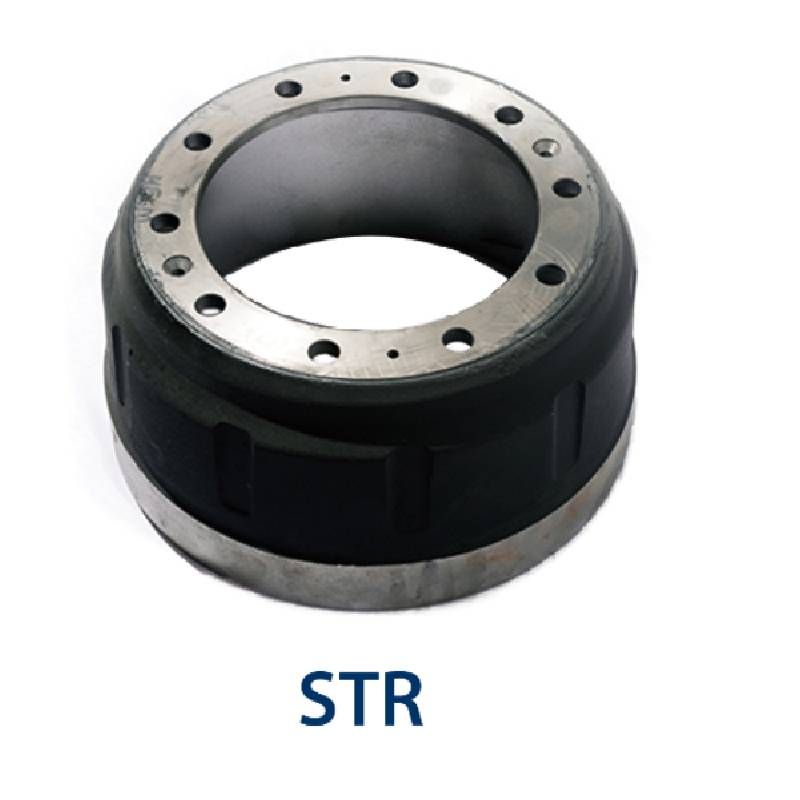Aug . 13, 2024 00:08 Back to list
How to Determine the Lifespan of Brake Drums and Shoes for Your Vehicle
How Long Do Brake Drums and Shoes Last?
Brake drums and shoes play a crucial role in the braking system of a vehicle, ensuring that it stops safely and effectively. However, like all mechanical components, they have a limited lifespan that can be influenced by various factors. Understanding how long these components last is essential for vehicle maintenance and safety.
Typically, brake drums and shoes can last anywhere from 30,000 to 70,000 miles. However, this is not a one-size-fits-all metric, as several variables can affect their longevity. Factors such as driving conditions, vehicle type, and maintenance habits can all play a significant role.
Driving Conditions
One of the most significant factors influencing the lifespan of brake drums and shoes is the driving environment. For instance, urban driving usually involves more stop-and-go traffic, leading to increased wear on braking components compared to highway driving, which is generally smoother and requires less frequent braking. If you live in an area with hilly terrain, this can also negatively impact the longevity of your brakes, as frequent downhill braking generates heat and increases wear.
Vehicle Type and Weight
The type and weight of your vehicle are also critical considerations. Heavier vehicles, such as trucks and SUVs, generally exert more force on brake components, resulting in faster wear. On the other hand, lighter cars may experience less strain on their braking systems. Additionally, high-performance vehicles equipped with specialized braking systems may have different lifespan expectations due to their design and intended use.
Material Quality
how long do brake drums and shoes last

The quality of the brake components is another essential factor. Brake shoes can be made from various materials, including organic, semi-metallic, and ceramic. Each material has its pros and cons regarding performance and wear rates. For example, ceramic brake shoes tend to last longer and produce less dust but can be more expensive. Conversely, organic pads may wear out more quickly but are quieter and less harsh on the rotors.
Maintenance and Care
Regular maintenance is critical in extending the life of brake drums and shoes. Routine inspections can help identify issues before they become severe problems. Factors like brake fluid quality, proper adjustment, and ensuring that the brake system is clean can all contribute to increased lifespan. Keeping an eye out for signs of wear, such as squeaking, grinding noises, or decreased braking performance, is also essential. If you notice any of these symptoms, it’s crucial to have your brakes inspected as soon as possible.
Signs of Wear
Understanding the signs that indicate your brake drums and shoes may need replacement is vital for safety. Common indicators include a screeching noise when braking, a thumping sound, or if the vehicle pulls to one side during braking. Additionally, the brake pedal may feel spongy or take longer to respond. If you experience any of these symptoms, it’s advisable to consult a professional mechanic.
Conclusion
In summary, while brake drums and shoes typically last between 30,000 and 70,000 miles, the actual lifespan can vary significantly based on driving conditions, vehicle type, material quality, and maintenance habits. Regular inspections and attention to changes in braking performance can help ensure that your braking system remains in good condition, enhancing both safety and longevity. By being proactive about brake care, drivers can avoid costly repairs and maintain a safe driving experience. Remember, when it comes to your vehicle’s brakes, it’s always better to be safe than sorry.
-
High-Quality Brake Drum MAZ – Durable Drum Brake Drum & Brake Drum and Brake Shoe Solutions
NewsJul.05,2025
-
High-Quality Brake Drum Iveco - Durable Drum Brake Drum & Brake Shoe Solutions
NewsJul.05,2025
-
High-Quality Brake Drum MAZ – Durable Drum Brake Drum & Brake Drum and Brake Shoe Solutions
NewsJul.04,2025
-
Brake Drum Man - High-Quality Drum Brake Drums & Brake Shoes for Reliable Performance
NewsJun.24,2025
-
High-Quality Brake Drum Kamaz – Durable Drum Brake Drum & Brake Shoe Replacement
NewsJun.10,2025
-
High-Quality Brake Drum Liza for Drum Brake Systems - Superior Durability and Performance
NewsJun.10,2025
